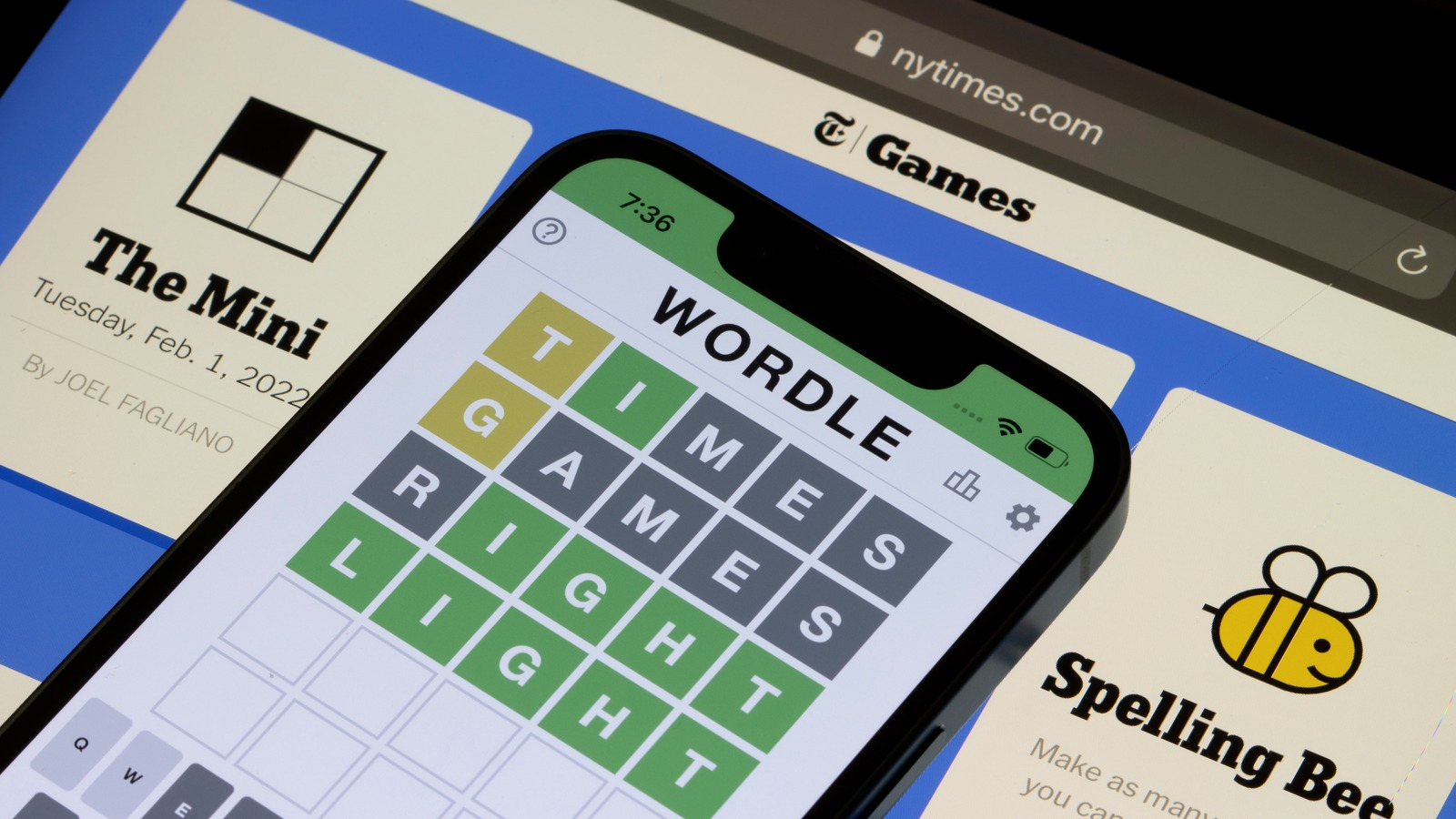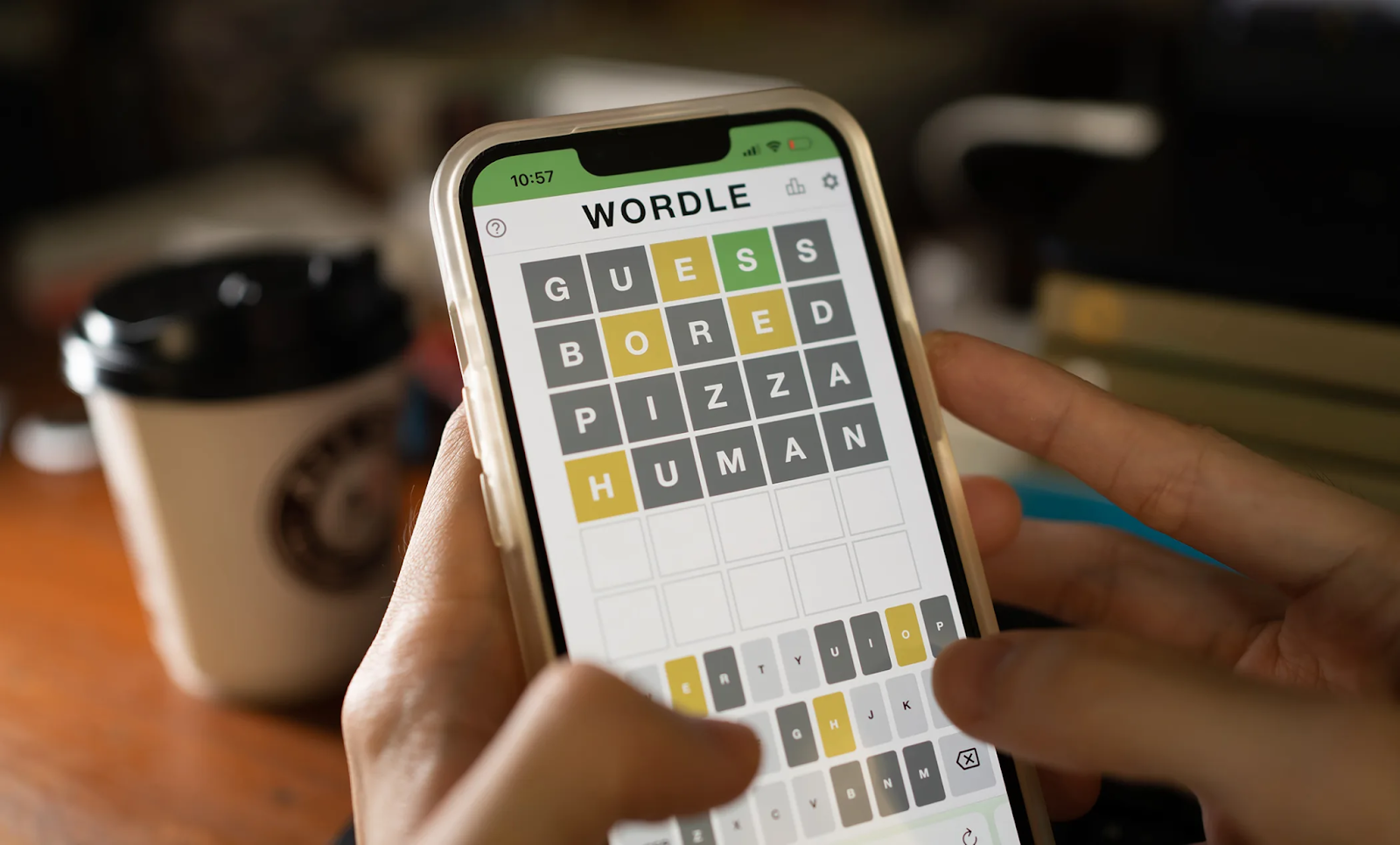Wordle, a simple yet addictive word puzzle game, has captured the interest of millions of players worldwide. The New York Times (NYT) acquired Wordle in early 2022, marking a significant milestone in its journey from a casual, browser-based game to a staple of daily entertainment and mental exercise. This article explores the background, popularity, gameplay, and cultural impact of Wordle Nytimes, especially after its acquisition by the New York Times.
The Origins of Wordle

Wordle was created in 2021 by Josh Wardle, a Brooklyn-based software engineer. Originally developed as a personal project for his partner, the game was designed to be simple yet engaging. It quickly gained popularity through word-of-mouth and social media, with its daily puzzle format providing a bite-sized challenge that appealed to players of all ages.
The game’s appeal lies in its simplicity: players have six attempts to guess a five-letter word, with hints provided after each guess. Yellow and green tiles indicate letters that are either present or correctly positioned, helping players narrow down potential words. Wordle’s daily nature also ensures a fresh experience every day, fostering a sense of anticipation and excitement among fans.
Wordle’s Acquisition by the New York Times

As Wordle Nytimes popularity grew, it caught the attention of the New York Times, which acquired the game in January 2022. The acquisition aligned with the Times’ goal to expand its digital offerings and attract a broader audience through engaging, interactive content. Known for its own history with puzzles, including its iconic crossword section, the New York Times was the ideal home for Wordle as it transitioned into the mainstream.
Since the acquisition, the Times has largely retained Wordle’s original format, preserving the minimalist design and daily puzzle feature. By incorporating Wordle into its suite of puzzles, the New York Times has successfully blended traditional news media with modern digital gaming.
Why Wordle Became a Global Phenomenon
1. Simple Yet Addictive Gameplay
Wordle’s rules are straightforward, making it accessible to players of all ages. Unlike many word games, which may involve complex rules or require lengthy sessions, Wordle’s six-attempt structure offers a quick yet challenging experience. The game’s simplicity encourages users to return daily, often as part of their morning routine.
2. Social Sharing and Competition
Wordle includes a feature that allows players to share their results without revealing the answer. This unique sharing system has fueled social media interactions, with players posting their attempts on platforms like Twitter and Facebook. The green, yellow, and black tiles have become instantly recognizable symbols of the game, often accompanied by hashtags like #Wordle and #WordleNYT.
3. A Daily Ritual for Players Worldwide
The daily nature of Wordle means that players are given only one puzzle per day, creating a sense of community and shared experience. This anticipation for each new puzzle, combined with the simplicity of a five-letter word, has helped build Wordle into a daily habit for players worldwide. It has become a relaxing, enjoyable way to start or end the day, blending entertainment with mental exercise.
4. A Break from Digital Noise
Wordle offers an alternative to fast-paced gaming, social media scrolling, and continuous notifications. The game’s minimalist design is devoid of ads, pop-ups, or distractions, allowing players to focus entirely on solving the puzzle. This digital “quiet space” is a refreshing change in a world where most online experiences are designed for continuous engagement and data capture.
The Cultural Impact of Wordle NYT
Wordle’s transition to the New York Times has not only sustained its popularity but has also transformed it into a part of daily life for millions. Its impact can be observed in various ways:
- Shared Experience Across Demographics: Wordle’s appeal spans age groups, countries, and backgrounds, making it a unique shared experience. Friends, families, and coworkers often discuss their Wordle progress, compare results, and challenge each other, fostering a sense of connection through a common pastime.
- Emergence of Spinoff Games: The success of Wordle has inspired numerous spinoff games that adapt the Wordle format to different interests. Games like Quordle, Nerdle, and Worldle each offer variations on Wordle’s core mechanics, demonstrating how this simple concept has become a genre of its own within digital puzzles.
- Incorporation into Education: Wordle has been adopted by educators to enhance vocabulary learning and critical thinking skills. The game’s simple mechanics make it an effective tool for teaching students how to analyze letter combinations, recognize patterns, and engage in logical deduction, all while making learning fun.
Wordle Strategies and Tips

As players become familiar with the game, many develop their own strategies for maximising their success. Here are some effective tips and strategies:
1. Start with Vowel-Rich Words
Starting with a word that includes multiple vowels can quickly narrow down possible letter combinations. Words like “audio,” “adieu,” or “arise” contain common vowels that can help players quickly identify the correct ones.
2. Use Common Consonants Early
Including commonly used consonants like “S,” “T,” “N,” or “R” in the first few guesses can also help narrow down possibilities. These letters often appear in five-letter words, so identifying their presence or absence can provide valuable clues.
3. Avoid Repeating Letters Too Early
It’s best to avoid words with repeated letters in the early stages, as this reduces the chance of discovering new letters. Opting for unique letter combinations in initial guesses is a more efficient approach for identifying as many potential letters as possible.
4. Focus on Process of Elimination
Wordle is as much about eliminating incorrect letters as it is about finding correct ones. Each guess provides hints about which letters do not belong, so tracking these results carefully can help players refine their guesses and improve accuracy.
5. Observe Word Patterns
Over time, players may notice patterns in Wordle’s daily words. Certain letters are more likely to appear together, and specific endings or combinations may emerge as common. Recognizing these patterns can help refine guesses and improve overall performance.
The Future of Wordle NYT

As Wordle Nytimes continues to thrive under the New York Times, there are exciting possibilities for the game’s future. The Times could introduce new modes, offer special challenges, or incorporate seasonal puzzles to maintain player engagement. Additionally, Wordle could become a foundational tool in educational programs, with customised versions designed specifically for learning environments.
The NYT has also expressed a commitment to keeping Wordle free, ensuring its accessibility to a broad audience. This move aligns with the original vision of the game as a fun, accessible mental exercise that brings people together rather than one that generates profit.
Conclusion: Wordle NYTimes – A Game That Connects the World
Wordle Nytimes has succeeded in becoming a globally beloved puzzle that combines simple gameplay with a sense of connection. Its acquisition by the New York Times has solidified its role as a modern classic, making it a daily ritual for millions of players worldwide. Through its universal appeal, accessibility, and minimalism, Wordle has shown that a simple concept can make a significant cultural impact.
As the game continues to evolve, Wordle remains a testament to the enduring appeal of word games. Whether you’re a casual player or a devoted Wordler, this game offers a way to engage with language, exercise your mind, and be part of a global community of puzzle enthusiasts. With the New York Times at the helm, Wordle is set to continue as a staple of daily life, inviting players everywhere to engage, compete, and share in the joy of wordplay.


